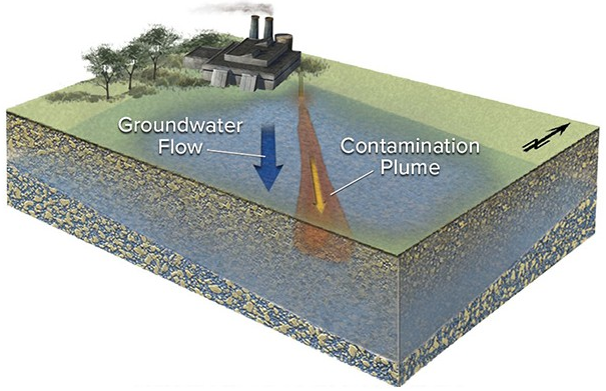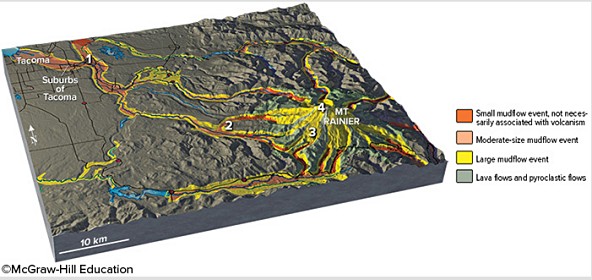Explain how density differs from patterns and concentration
What will be an ideal response?
Answer: All the three terms (density, concentration and pattern) are used by geographers to identify the distribution of properties across space.
Density is the frequency with which something occurs in space. The feature being measured could be people, houses, cars, volcanoes, or anything. The area could be measured in square kilometers, square miles, hectares, acres, or any other unit of area. It should be noted that a large population does not necessarily lead to a high density. Canada has a much larger population than the Netherlands, but the Netherlands has a much higher density because its land area is much smaller.
Concentration is the extent of a feature's spread over space. If the objects in an area are close together, they are clustered; if relatively far apart, they are dispersed. To compare the level of concentration most clearly, two areas need to have the same number of objects and the same size area. Concentration is not the same as density. Two neighborhoods could have the same density of housing but different concentrations. In a dispersed neighborhood each house has a large private yard, whereas in a clustered neighborhood the houses are close together and the open space is shared as a community park.
Pattern refers to the geometric arrangement of objects in space is pattern. Some features are organized in a geometric pattern, whereas others are distributed irregularly.
You might also like to view...
The average number of children born to women in Latin America has been decreasing over the last two decades for all of the following reasons, EXCEPT
A) rural-to-urban migration. B) promotion of family planning programs. C) greater availability of birth control. D) government-imposed financial penalties for large families. E) increased participation of women in the workforce.
Why does a plume of contamination spread out (become wider) away from the source of contamination?

A) Because the water flows faster and faster
B) Because of diffusion of the contamination and mixing of contaminated and uncontaminated water
C) Does not spread out away from the source
D) Will only spread out if it is close to a cone of depression
A tsunami has a small wave height, travels rapidly, and is not noticed by people in boats.
Answer the following statement true (T) or false (F)
Which site has the highest hazard for lava flows?
A. 1, the suburbs of Tacoma B. 2, a valley near the volcano C. 3, the flanks of the volcano D. 4, the summit of the volcano